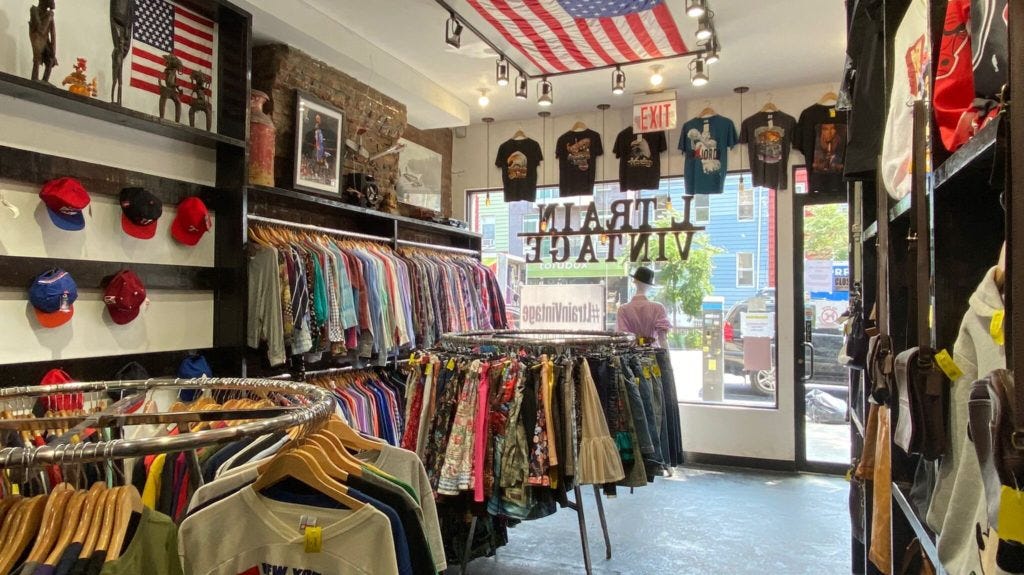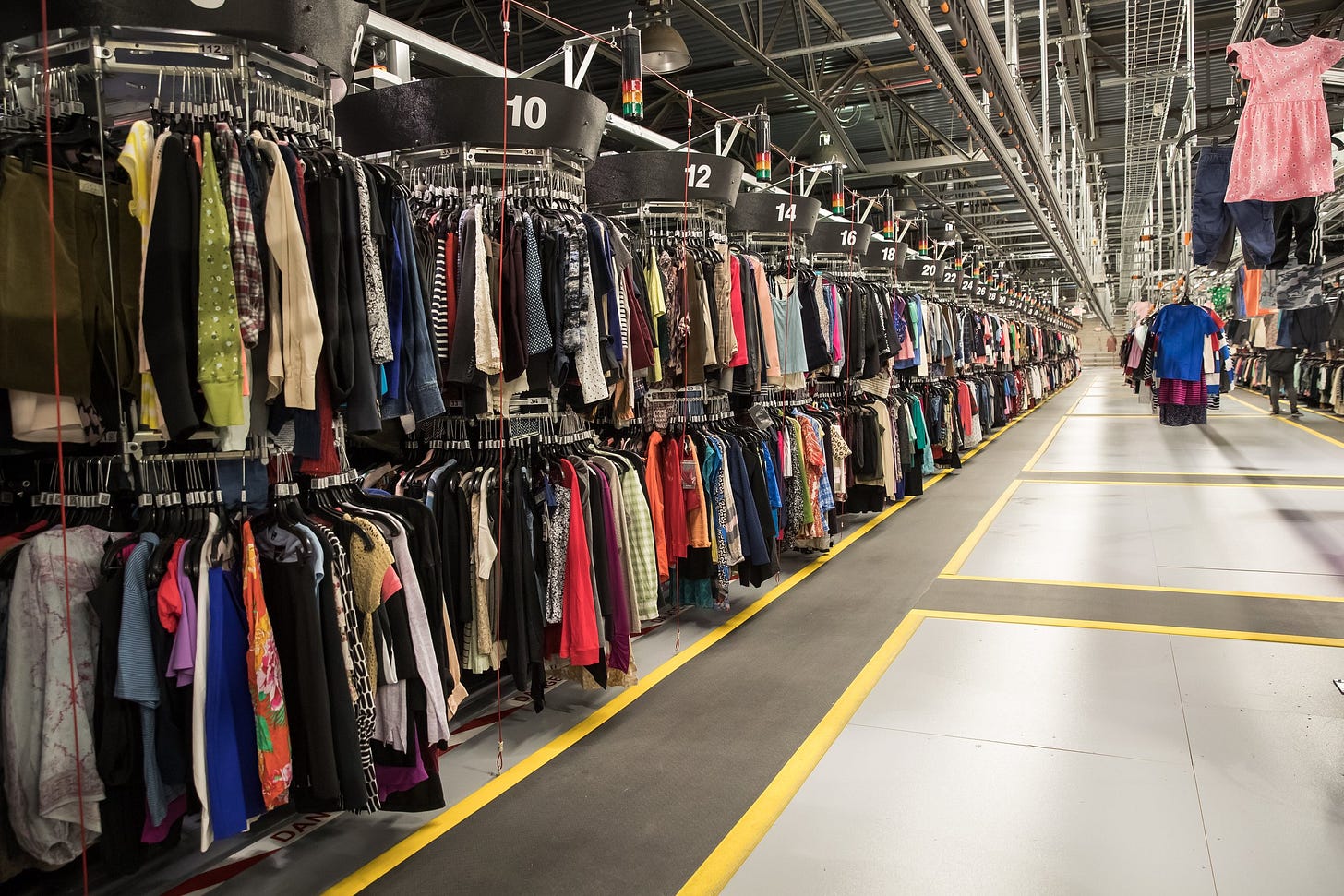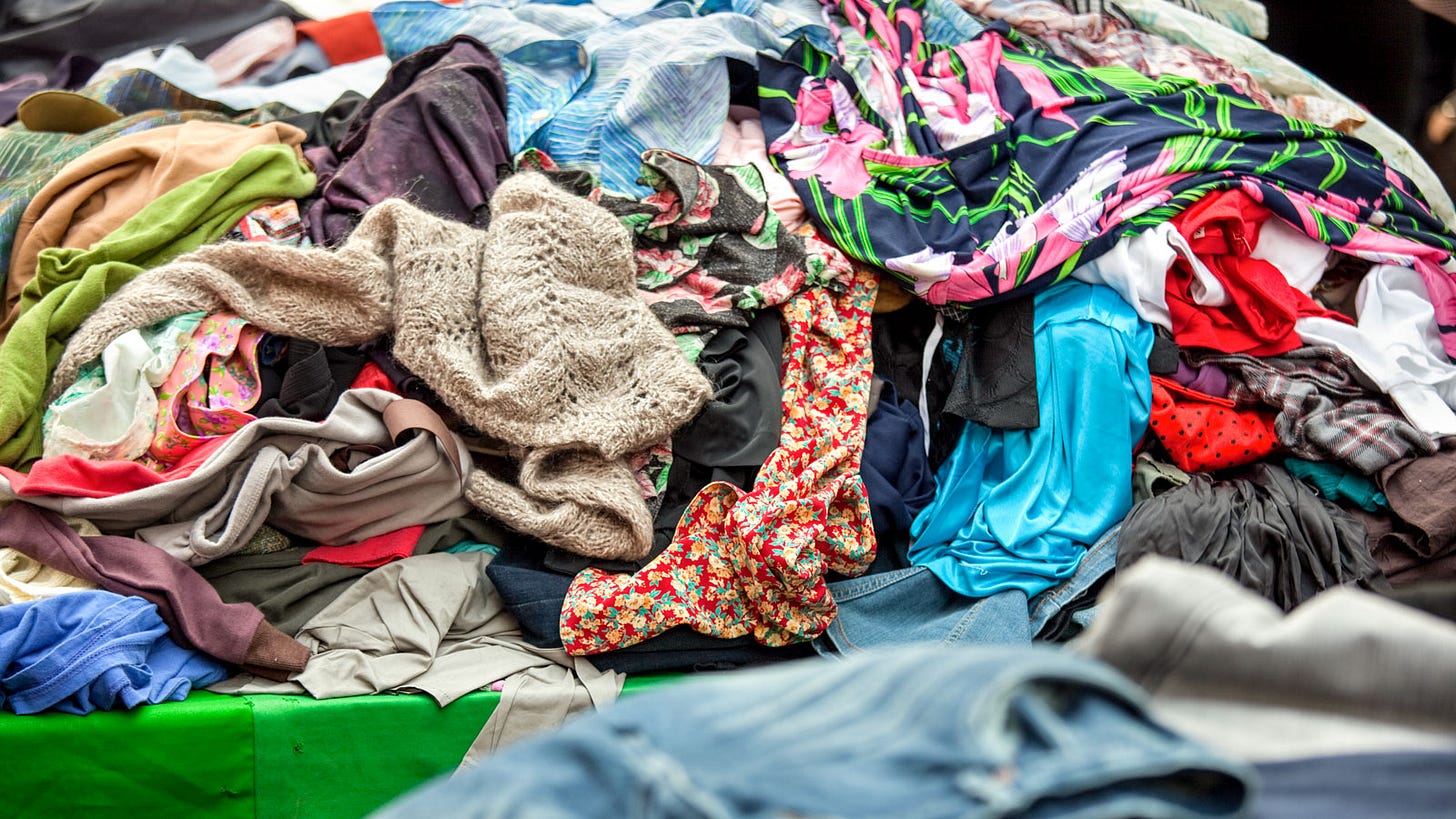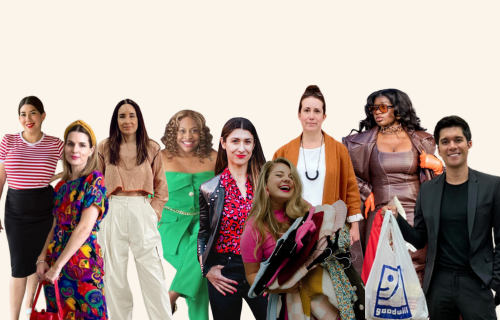The Resale Puzzle: An Introduction
It's no secret that the secondhand industry is growing, on both the sides of the consumer and the businesses getting involved. The industry has undergone many evolutions in its time, and recent years have created waves that are reshaping the industry yet again. We think there are some pretty cool things going on in secondhand (we might be biased), so we wanted to give you a glimpse into the industry and its exciting inner workings!
Over the next several weeks, we are going to dive into the various business models and stakeholders within the secondhand industry, spotlighting the roles they play and how it all works together. Here's a preview:
Thrift & Consignment Stores
The classics. You know 'em. You love 'em. These are the traditional avenues most people think of when they hear “secondhand” and are likely how most people first got introduced to secondhand shopping, whether it's the thrift trip to Goodwill or trying to sell your bag of clothes to Plato's Closet. Thrift and consignment models rely on a pretty straightforward method of sourcing clothes from the community to resell.

Online Resale Marketplaces
This is secondhand's official migration onto the internet. Thanks to e-commerce (or re-commerce) stores like eBay, Poshmark, and Depop, just about anyone can participate in their own buying and selling of pre-loved clothing.

Resellers
With the rise of online resale, a new opportunity came about for individuals to participate in secondhand selling as a full-time job or side hustle. Resellers source clothes from more traditional secondhand outlets like thrift stores, estate sales, and Goodwill bins, and then sell them online for a mark-up.
Brands Getting into Resale
Fashion brands couldn't let resale businesses have all the fun alone. Due to the skyrocketing growth and interest in secondhand in the last 5 years, retail brands wanted their piece of the pie. Now brands who traditionally only sold newly produced clothes are adding on resale platforms to their business model to sell secondhand versions of their products.

Resale as a Service Companies
Some of the newest players in the industry, Resale as a Service (RaaS) companies exist to assist and partner with brands in developing their own resale experiences. RaaS businesses vary but their main goal is to provide systems, support, and platforms to integrate resale into a brand's existing business. As you can imagine, the receiving, cleaning, and listing of clothing is a heavy operational lift and brands need support to integrate these practices into their existing business operations.
Textile Recycling Facilities
Unsold and unused clothes have to go somewhere. Often, excess secondhand inventory and customer discards will be processed through a sorting center or recycling facility. Many of the fashion industry's end-of-life processes like recycling are flawed which is why it's so important to have a robust and thriving secondhand industry full of diverse solutions like the ones above.

Fashion Designers
While designers may be the ones creating new clothes, they play an important role in determining the entire life of an article of clothing. More and more designers are interested in circularity which may look like choosing to use secondhand and recycled inputs or designing clothes to be deconstructed instead of landfilled. With the urgent need for sustainability in fashion, every design decision plays an important role in the garment's impact and possible post-consumer pathways.
Stylists
Stylists are like the matchmakers of fashion! They help individuals curate their looks which includes introducing them to new ways and places to shop. Stylists play an important role in teaching their clients how to leverage secondhand sources and explore their style beyond just what's available at traditional retailers.
The Customer
We couldn't do a series on the secondhand industry without including the most important component: you!
Ultimately, the industry shifts and responds to the customer and how they are engaging in the industry. Brands introduced resale platforms because they saw how shoppers started buying more secondhand. Resale marketplaces wouldn't exist if there wasn't a desire for individuals to sell their own unwanted clothes. See where you fit in?
We will explore each of these components in more depth to showcase all of the cool opportunities and innovations in the secondhand industry we are excited about! I hope you join us as we piece together this massive resale puzzle we are proud to be a part of.



